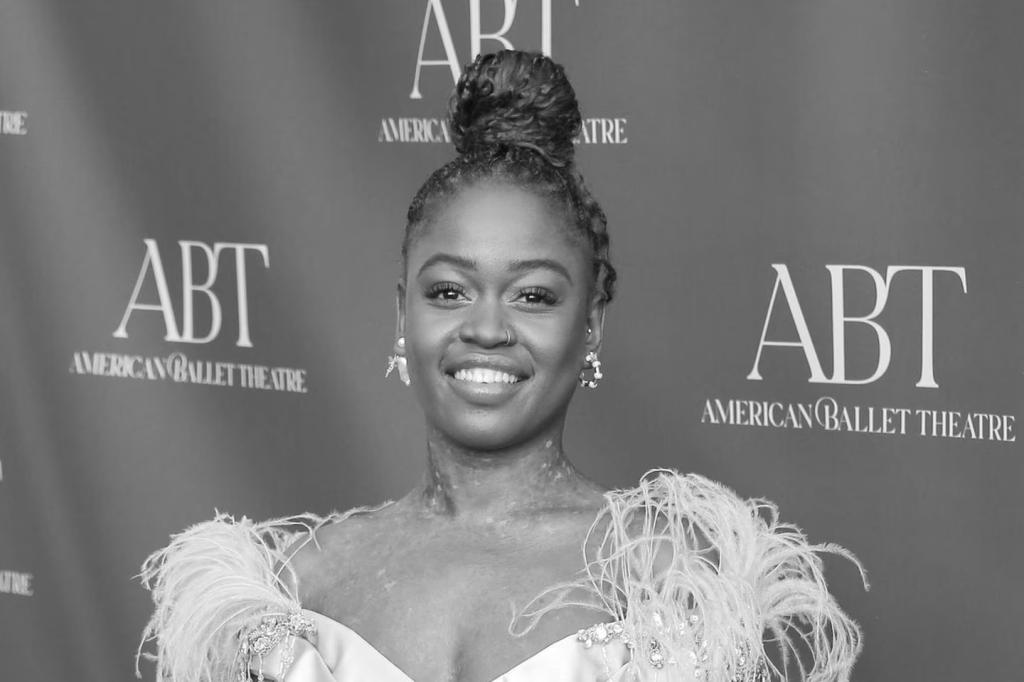Michaela Mabinty DePrince: A Life Shaped by Tragedy and Triumph
Michaela DePrince, born Mabinty Bangura, faced hardship from an early age. Orphaned during the Sierra Leone Civil War, she was sent to an orphanage at just three years old, where she was labeled as “the least favorite” due to her vitiligo. In an interview, DePrince described the mistreatment she experienced, including receiving the least food and care at the orphanage. Despite these challenges, a spark of hope was ignited when she found a photo of a ballerina in a magazine. That image became her dream and would shape the rest of her life.
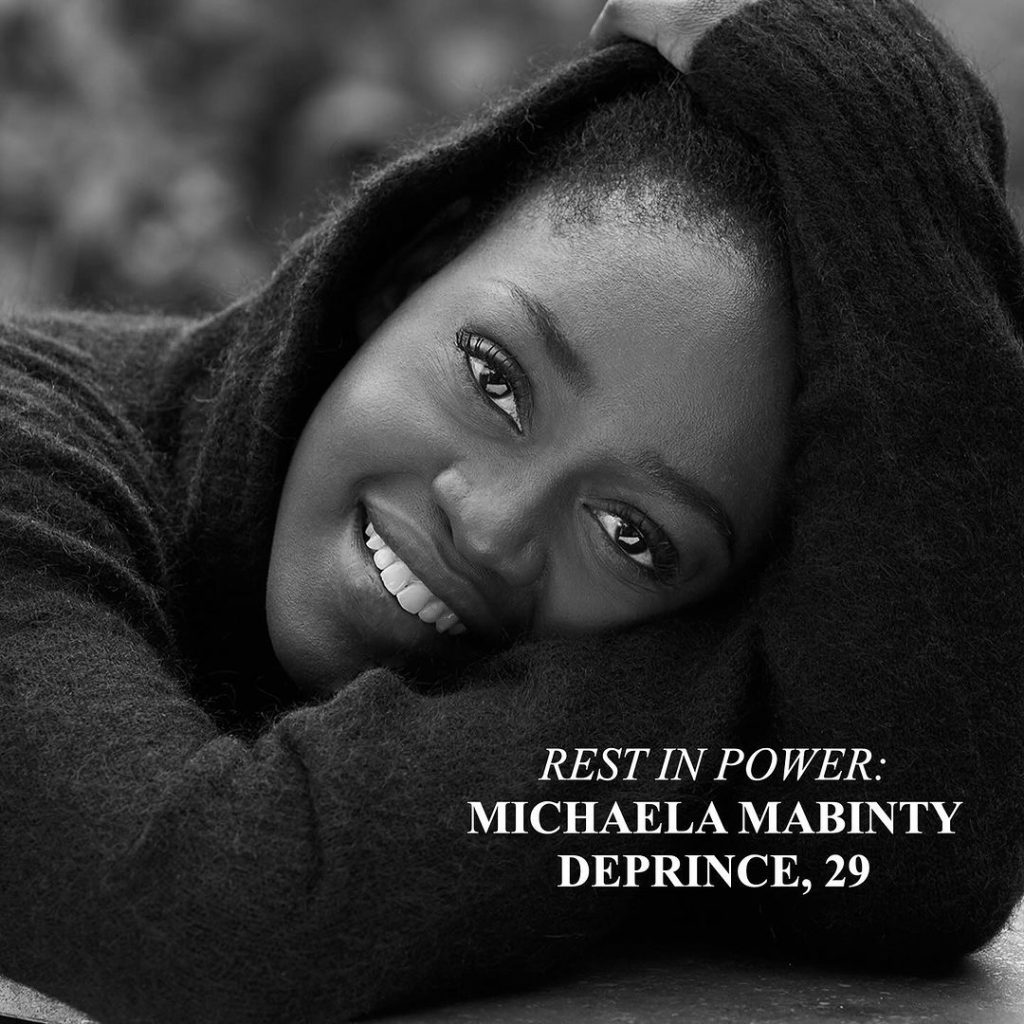
DePrince’s life changed in 1999 when she was adopted by an American couple, Elaine and Charles DePrince, and moved to the United States. Her new family supported her dreams of becoming a ballet dancer, and Michaela began her ballet training at the age of five.
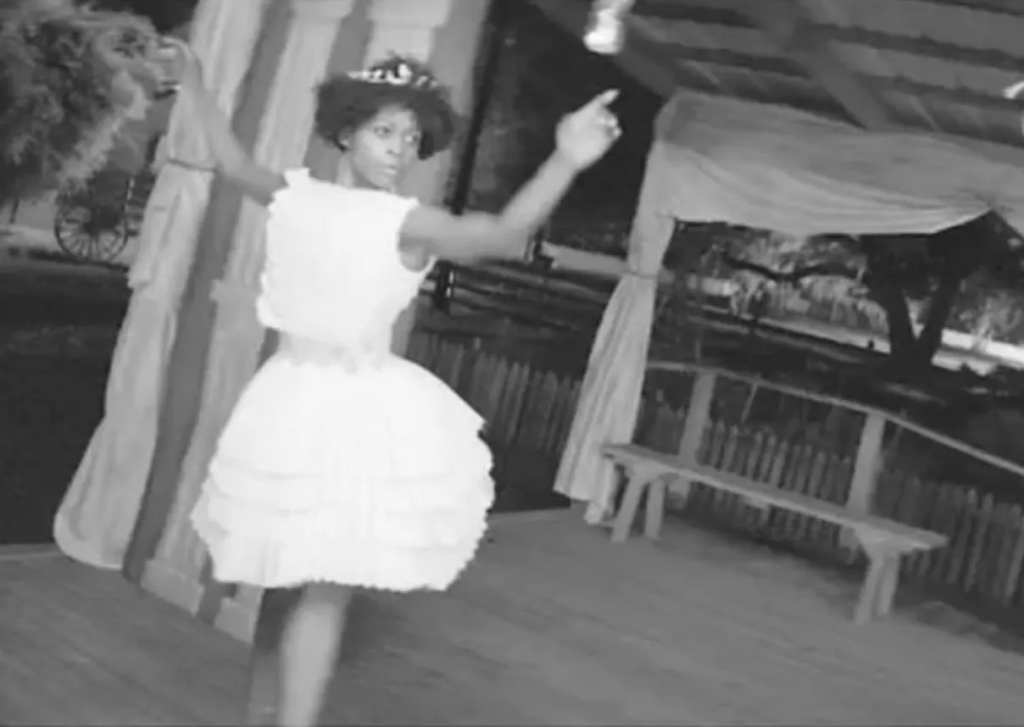

Rise to Stardom
DePrince’s talent and determination set her on a fast track to success in the ballet world. At just 17, she was featured in the documentary First Position, which followed young dancers competing for spots at elite ballet schools. This exposure brought her international recognition, leading to her becoming the youngest principal dancer at the Dance Theatre of Harlem. Her journey continued as she joined the Dutch National Ballet and later performed with the Boston Ballet.
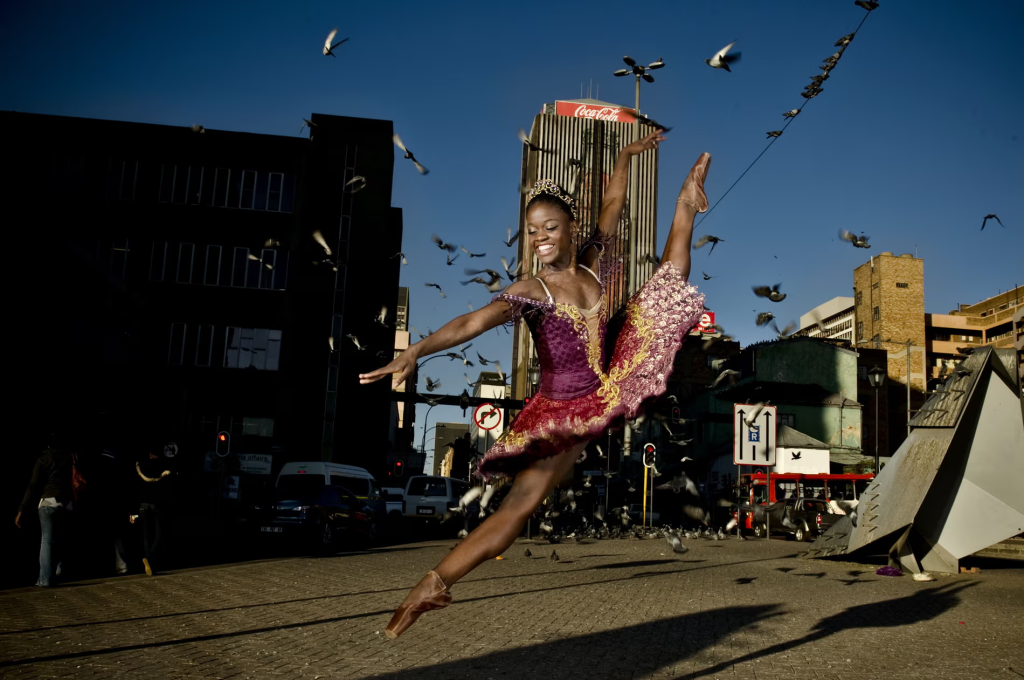
Despite her rapid rise, DePrince never forgot her roots. In numerous interviews, she spoke openly about the racism and xenophobia she faced as a Black ballerina. In one instance, she recalled being told by a teacher that Black girls were not worth investing in. Nevertheless, DePrince persevered, motivated by the few Black ballerinas who came before her, such as Lauren Anderson and Misty Copeland.
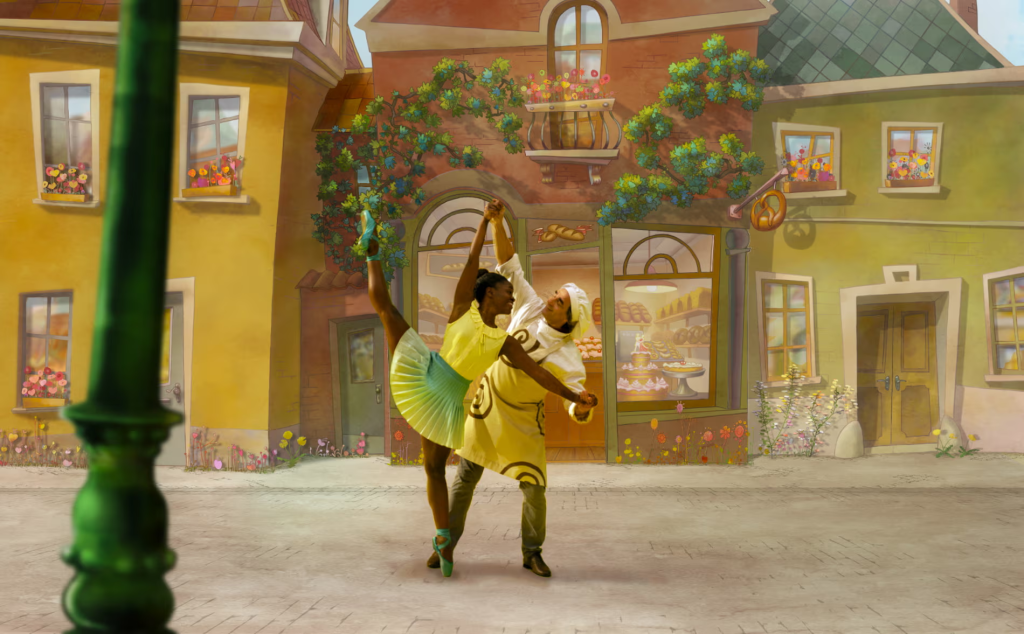
Michaela DePrince’s Impact on Ballet and Beyond
Michaela DePrince’s influence extended beyond the stage. She became an advocate for diversity in ballet, often speaking out about the lack of representation in the industry. She also became a humanitarian, supporting children affected by war and conflict, particularly through her work with War Child. DePrince expressed a deep desire to one day open a school for the arts in her home country of Sierra Leone, using her platforms to inspire others.

Her influence was not limited to ballet alone. DePrince became widely recognized after appearing in Beyoncé’s visual album Lemonade, where her stunning performance introduced her to new audiences. She also starred in the 2021 film Coppelia, which combined live-action dance with animation.
Tragic Passing of a Ballet Icon
On September 8, 2024, it was announced through Michaela DePrince’s official Instagram account that she had passed away. As of now, the exact cause of her death remains unknown, leading to questions like “How did Michaela DePrince die?” and “What was Michaela DePrince’s death cause?” circulating online. Her family, friends, and fans are in mourning, with many paying tribute to her incredible life and legacy.

Her sister, Mia Mabinty DePrince, shared a heartfelt statement, recalling their shared dreams as children in Sierra Leone and expressing her deep sadness over the loss of her beloved sister.
Legacy of Michaela DePrince
Michaela DePrince’s legacy is one of resilience, talent, and an unwavering commitment to making the world a better place. She inspired generations of dancers, particularly Black and brown dancers, with her message that beauty and greatness can emerge from even the darkest places.
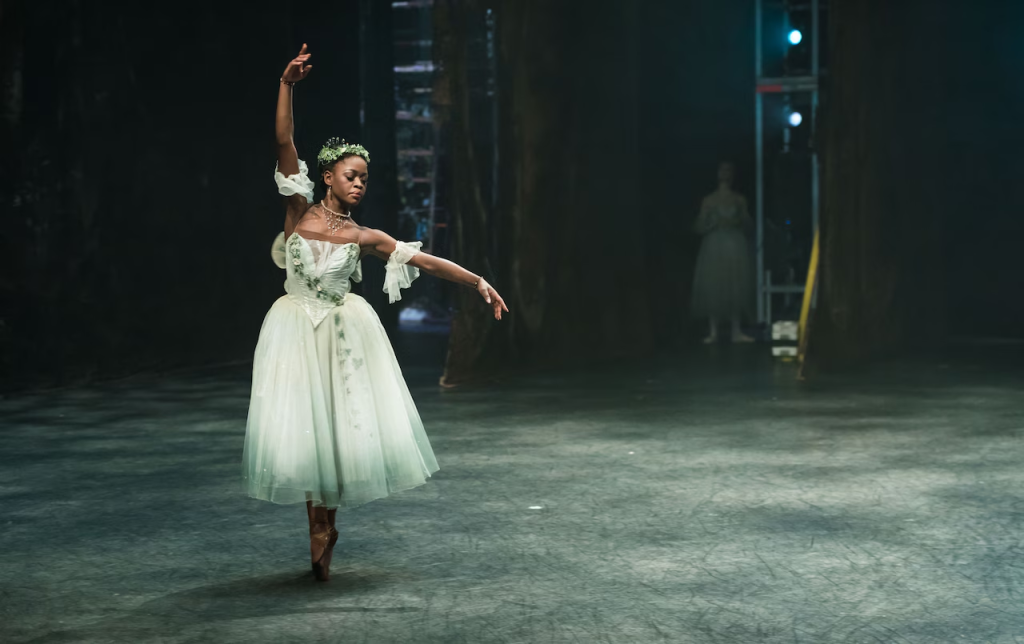
In honor of DePrince’s humanitarian efforts, her family has requested donations to War Child, an organization that supports children in conflict zones. “Her life was defined by grace, purpose, and strength,” her family stated, adding that her work with War Child was dear to her heart.
Though she is no longer with us, Michaela DePrince’s legacy will continue to inspire and uplift. Her life serves as a reminder that no matter the odds, dreams can be achieved with passion, dedication, and hope.


